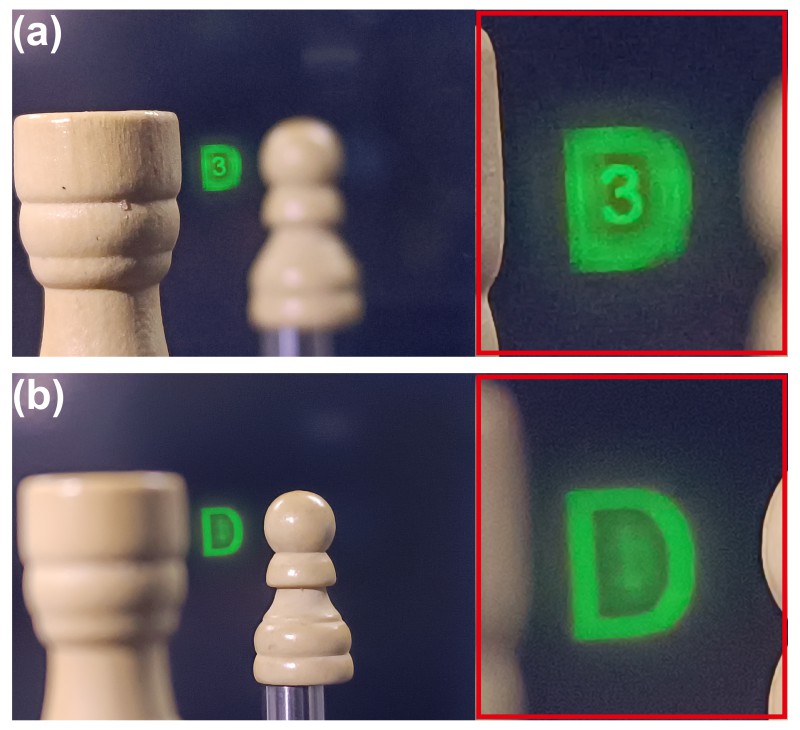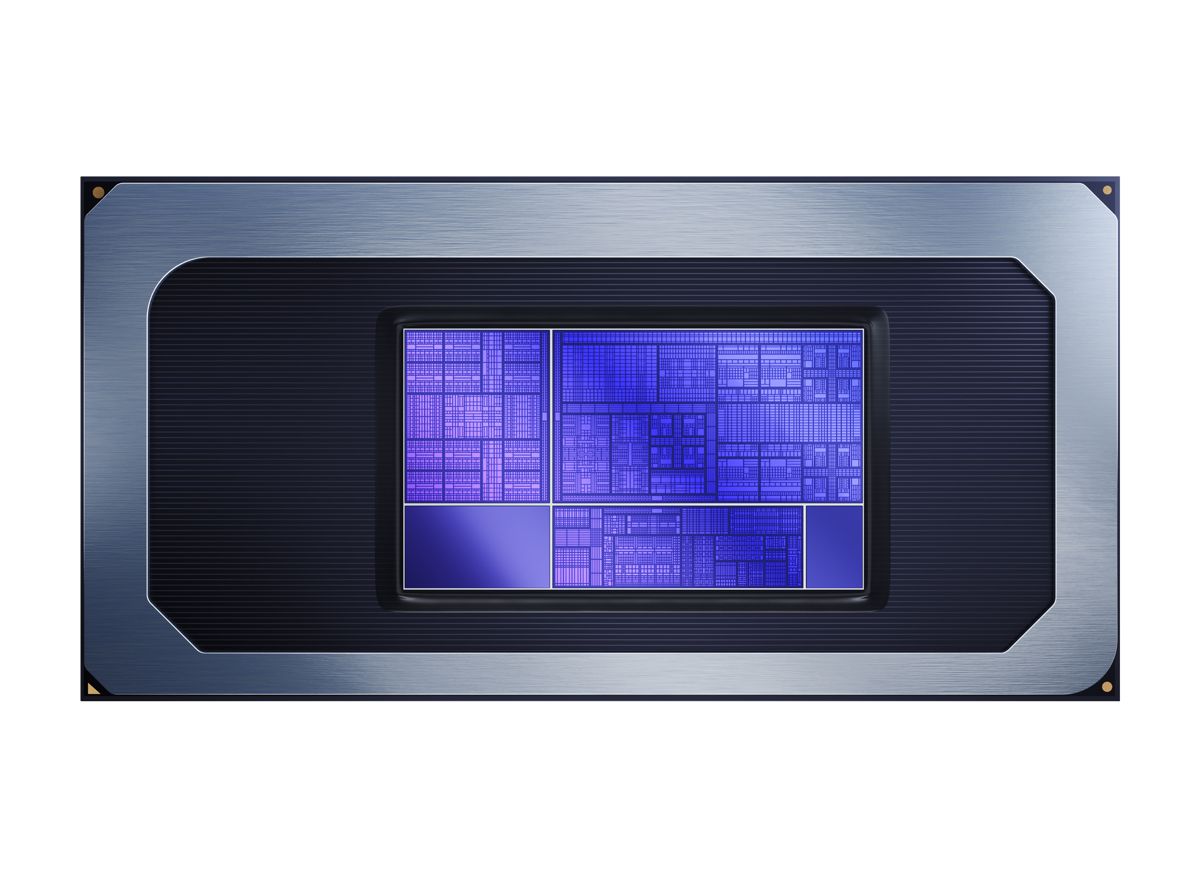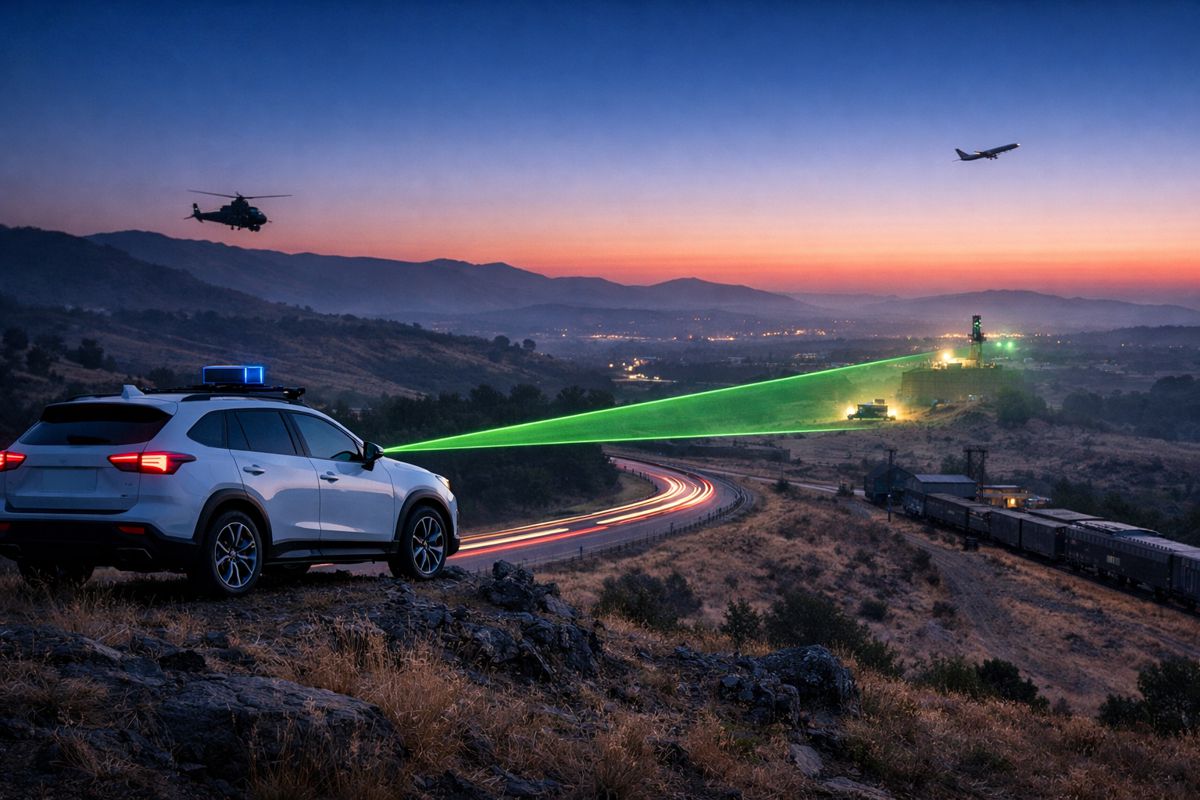True-3D near-eye displays enabled by Metalens Array
Integral imaging (II) display is one of the most promising near-eye displays (NEDs) due to its compact volume, full parallax, convenient full-colour display, and, more importantly, true-3D and more realistic depth perception from eliminating the vergence-accommodation conflict (VAC). However, II displays based on the conventional optical architecture, such as microlens arrays, are limited in resolution, field of view, depth of field, etc.
As micro-displays have increasingly higher pixel densities, conventional optical architecture is inadequate in pixel-level light manipulation. Meta-optics has the potential to break through these bottlenecks with its unprecedented flexibility in pixel-level light manipulation by a monolithic device. Meta-II display is expected to be a big step towards next-generation virtual reality (VR) and augmented reality (AR) by creating more immersive experiences.
However, some challenges must be overcome before the meta-II display can become mainstream in the field of NED. One challenge is that the metalens array, the critical component of a meta-II display, is too small to match commercial high-resolution micro-displays and their etendue due to the underdevelopment of large-area higher-precision nanofabrication technology.
Another challenge is that the rendering is computationally expensive for high-resolution wearable NEDs because the elemental image array (EIA), the signal input into the meta-II display, must be calculated for every viewpoint and thus need GPUs to accelerate. Fortunately, recent advances in nanofabrication and II algorithms open the possibility of practical meta-II displays. The meta-II displays are expected to advance VR/AR displays as these challenges are overcome. They can revolutionize how people interact with these technologies and eventually become the standard for VR and AR displays.

In a new paper published in eLight, a team of scientists led by Professor Jian-Wen Dong and Zong Qin from Sun Yat-sen University created a novel true-3D technical architecture called meta-II NED, first achieving the combination of meta-optics and II displays to the practical application of NED.
The meta-II NED combines a commercial high-pixel-density micro-display and a large-area metalens array. The metalens array, with a minimum feature size of around 100 nm and a maximum nanostructure height of about 500 nm, is made of high-refractive-index nanoimprint glue and fabricated using high-precision large-area nanoimprint technology. Compared to electron beam lithography, nanoimprint technology can quickly replicate many metalens array samples, especially large-area samples. The low-cost, large-area nanoimprint fabrication process makes metalens arrays feasible for mass production.

To match this convenient meta-II NED architecture, a new real-time rendering method was developed to quickly generate the EIA with an average frame rate of 67 FPS by exploiting the invariant voxel-pixel mapping. True-3D display was verified experimentally through monocular focus cues and motion parallaxes. A see-through effect of the meta-II NED module was realized by merging 3D images with surrounding objects, showing the broader potential of the meta-II display for AR.
The research team has pioneered the development of true-3D NED with a combination of meta-optics and II displays. Note that the design flexibility of metalens arrays is promising for next-generation NEDs regarding several long-standing issues in conventional II architectures. For example, extended depth of field is vital for true-3D NEDs to present images from the person space to the vista space, whereas the microlens array induces a very limited depth of field. In contrast, a metalens array can be easily designed as a polarization multiplexing element with varying focal lengths to allow depth of field extension.
In addition, the meta-II architecture provides a promising solution to increase the FOV for further study: freeform phase profiles that precisely compensate for the field-dependent aberration of conventional microlens arrays can be recorded in a slim metalens array. More importantly, both extened-depth-of-field and FOV-expanded meta-II architectures suffer from no cost in computational complexity and system volume compared with the meta-II proposed above. In general, metalens arrays are enabling next-generation true-3D near-eye displays.



















